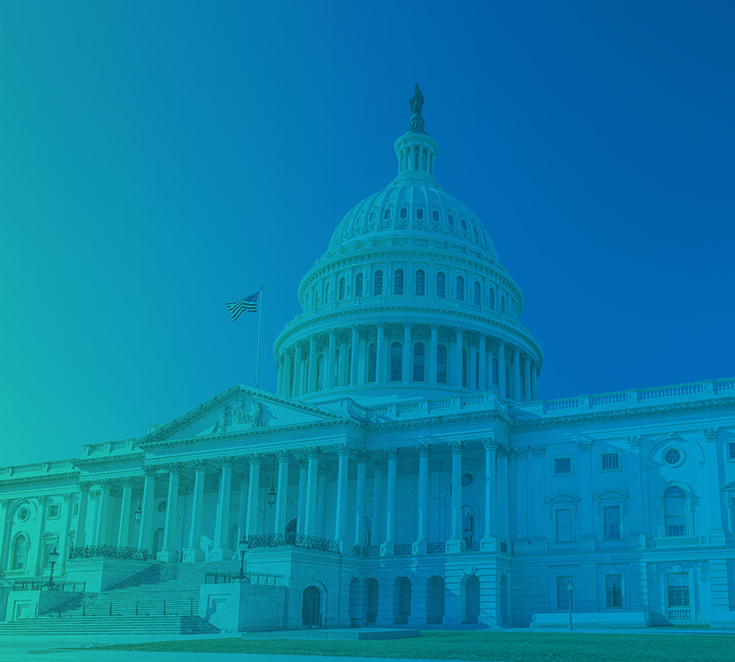Ballard Spahr LLP--Alan S. Kaplinsky
“Disclosure Sandbox.” In September 2018, the Bureau proposed significant revisions to its “Policy to Encourage Trial Disclosure Programs” which sets forth the Bureau’s standards and procedures for exempting individual companies, on a case-by-case basis, from applicable federal disclosure requirements to allow those companies to test trial disclosures.
Last week, the CFPB added the following update to its blog post about the proposal:
The original headline [which referred to “companies”] suggested that the proposed Disclosure Sandbox would be open only to “fintech companies.” In fact, as the body of the post indicates, any covered entity, regardless of its categorization as“FinTech, “bank,” “credit union” or otherwise, could apply to test a trial disclosure with the Sandbox.
Among the issues raised by the proposal that we noted was whether waivers would only be granted in connection with financial products or services that involve technological or other innovations and will not be granted in connection with conventional products or services. While the CFPB’s update indicates that non-fintech companies would be eligible for a waiver, it continues to be uncertain whether waivers would be granted in connection with conventional products or services.
NAL Policy and New “Product Sandbox.” In December 2018, the CFPB issued proposed revisions to its 2016 final policy on issuing “no-action” letters (NAL), together with a proposal to create a new “product sandbox.” The comment period on the proposals ended earlier this week. As might be expected, like its “disclosure sandbox” proposal, the CFPB’s proposed revisions to the NAL policy and proposal to create a new “product sandbox” has drawn criticism from consumer and public interest groups.
Among the arguments made in a comment letter from 77 “consumer, civil rights, legal services, labor and community groups” are claims that the proposals could violate the Administrative Procedure Act, exceed the Bureau’s authority, and would expose consumers to risk of harm. The objections to the proposals set forth in another comment letter filed by 9 consumer and public interest groups that include the Center for Responsible Lending and the National Consumer Law Center also include claims that the creation of a “product sandbox” exceeds the CFPB’s authority and the proposals violate rulemaking requirements. In addition, the letter includes suggestions for how the proposals might be modified.




